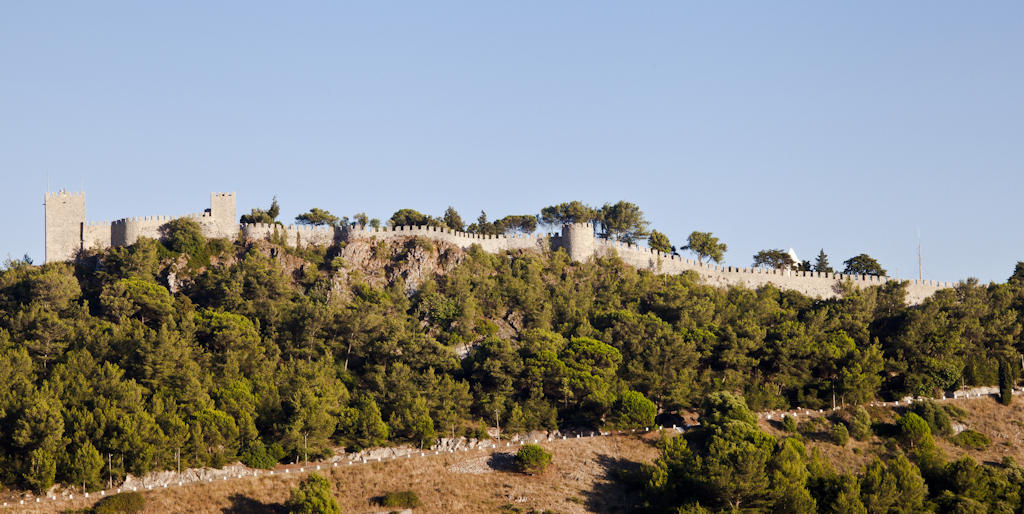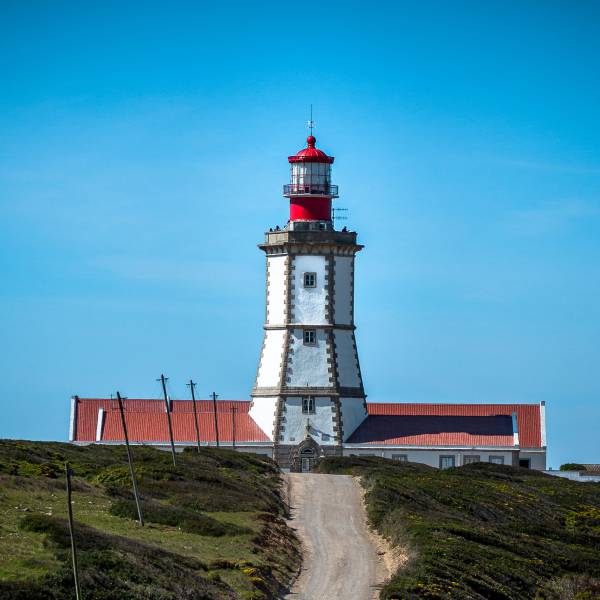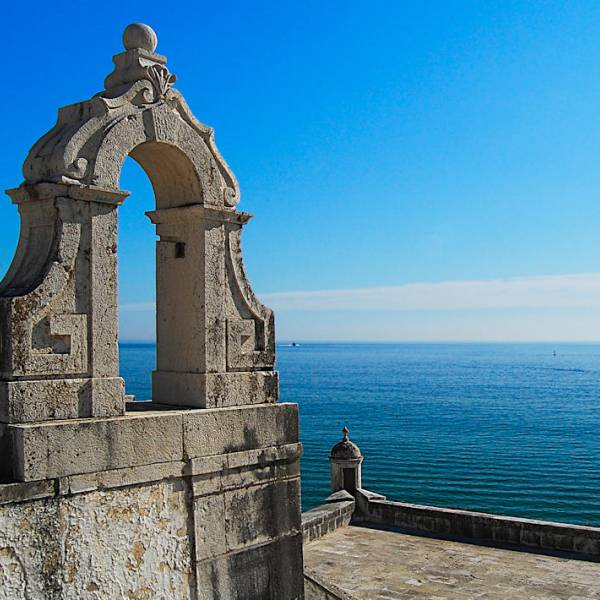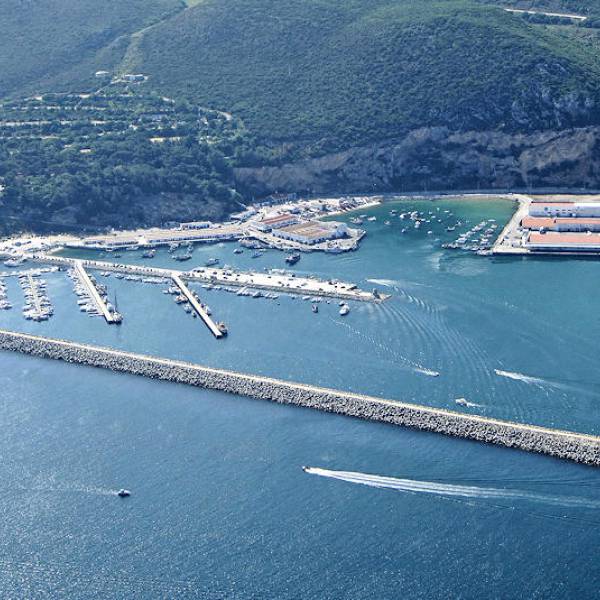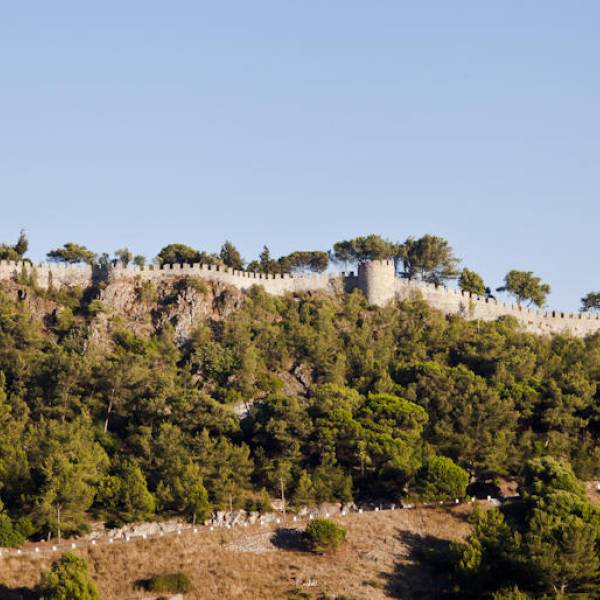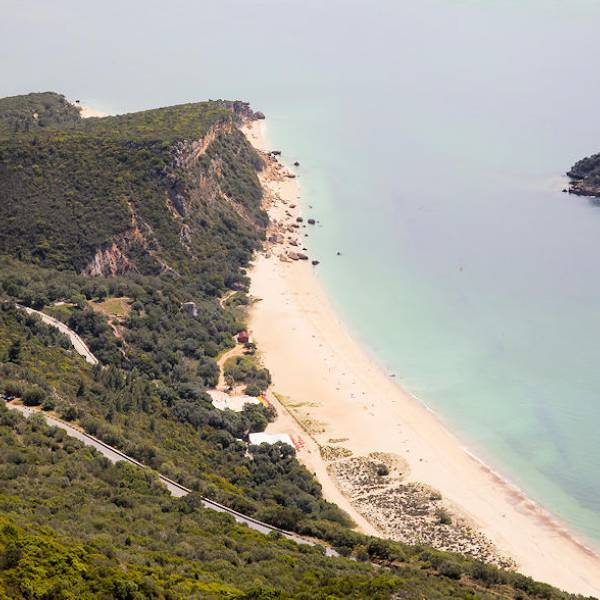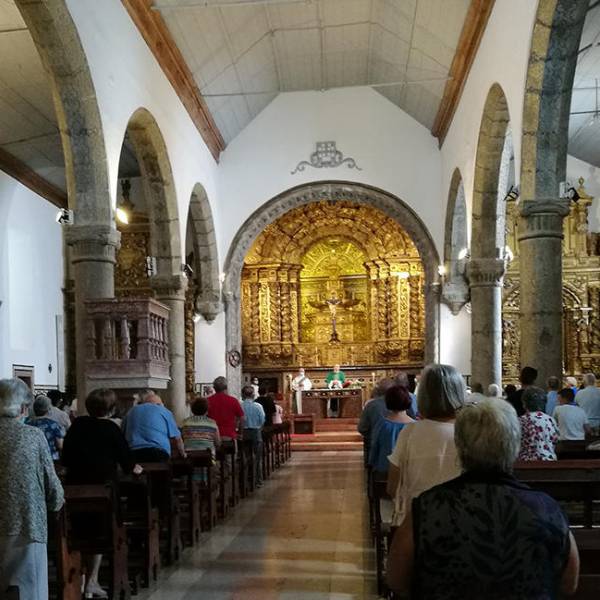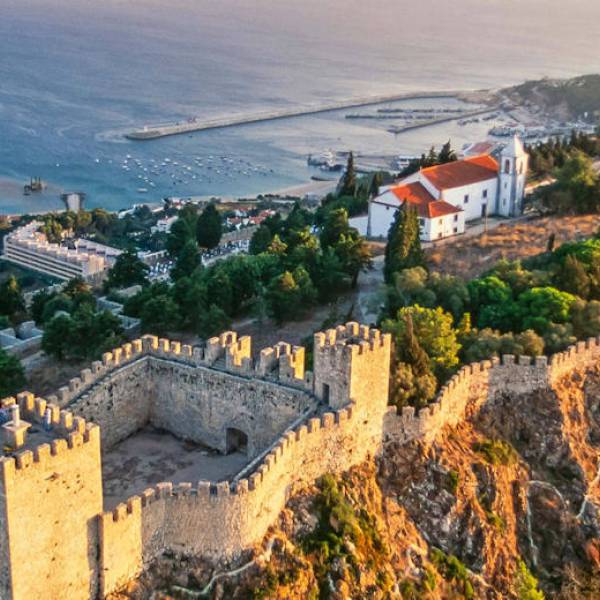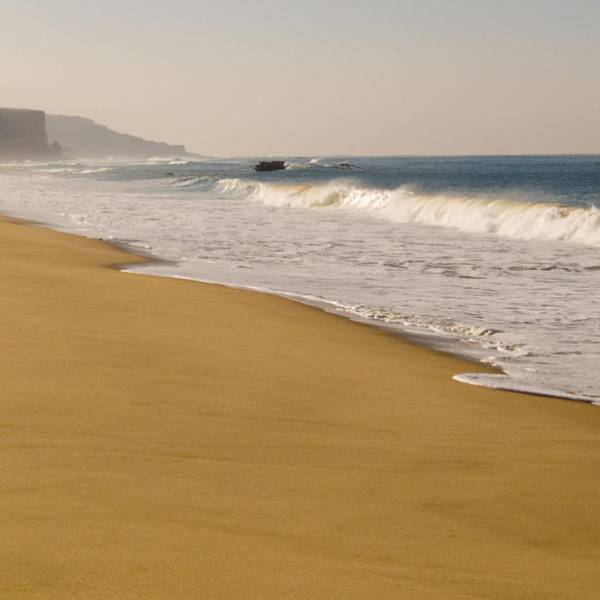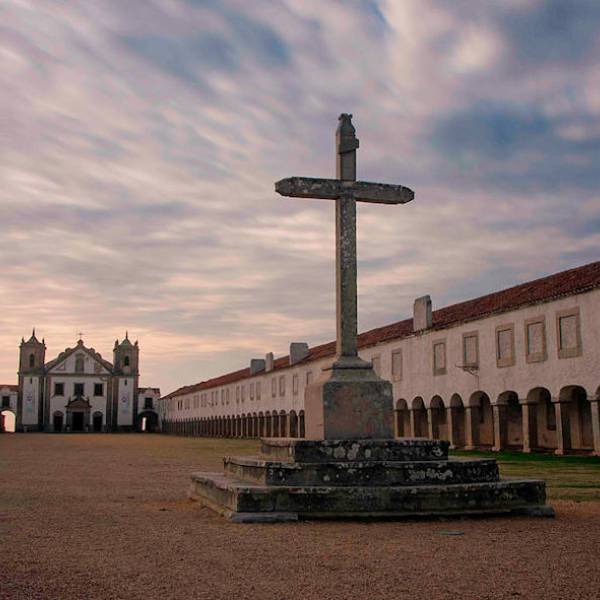Sesimbra Castle is a recommended day trip from Lisbon due to its proximity and historical significance. The castle's commanding position provides breathtaking views of the coast and the town below, while its well-preserved architecture and cultural events offer visitors a glimpse into the region's vibrant past. Additionally, the opportunity to explore Sesimbra's charming streets and enjoy the natural wonders of the surrounding area make it an ideal destination for a day trip from Lisbon.
Successively occupied by Visigoths and Muslims, it was the latter who likely erected the initial fortifications. During theChristian Reconquista of the Iberian Peninsula, the possession of the Sesimbra region shifted between Muslims and Christians following the conquest of Lisbon in 1147. In 1165, D. Afonso Henriques, the first King of Portugal, took control of the weakly fortified Sesimbra Castle, making repairs and reinforcing its defenses.
However, a counter-offensive by the Almohads in 1191, triggered by the Christian conquest of Silves in 1189, led to the loss of Silves and a significant portion of the Alentejo region, extending to the left bank of the Tagus River. The residents of Sesimbra, alerted by the fall of Alcácer do Sal and weakened by the plague that ravaged the kingdom, abandoned the settlement, which was subsequently occupied and destroyed by the Almohad forces under Caliph Yaqub al-Mansur.
Around 1200, D. Sancho I, with the assistance of Northern European Crusaders known generically as "franks", recaptured Sesimbra and offered them land for colonization. On August 15, 1201, the sovereign granted a Charter to the settlement, mandating the reconstruction of the castle "from its foundations". This Charter was later confirmed by his son and successor, King Afonso II of Portugal.
Under the reign of D. Sancho II, Sesimbra and its castle were entrusted to the Knights of the Order of Santiago on February 19, 1236, under the leadership of their Grand Master, D. Paio Peres Correia. These monks intensified efforts to repopulate the area, granting privileges to fishermen and establishing a refuge for the persecuted. The donation of Sesimbra to the Order was confirmed by Afonso III of Portugal on February 22, 1255.
During the reign of D. Dinis, in the late 13th century, additional privileges were granted to the residents. The monarch reaffirmed the charter and elevated Sesimbra to the status of a town, establishing its own municipality in 1323. D. Dinis also created the Póvoa da Ribeira de Sesimbra, near the harbor, further promoting development in the area. Some scholars believe that improvements were made to the castle's defenses during this period, mirroring the actions taken by D. Dinis throughout his reign.
The importance of Sesimbra Castle began to wane in the 14th century. During the crisis of 1383-1385, when Lisbon was under siege, Sesimbra was occasionally plundered by Castilian ships. In the following centuries, the settlement near the harbor surpassed the old town in size and importance, particularly with the Portuguese maritime discoveries, which spurred shipbuilding and provisioning activities. D. Manuel I granted a new charter to the town in 1514, during his reign (1495-1521), and commissioned the construction of a new fortification near the beach dedicated to São Valentim (also known as Forte da Marinha or Forte de São Valentim), armed with artillery.
Lisbon.vip Recommends
Some scholars suggest that both D. Manuel I and his successor, D. João III (1521-1557), resided in Sesimbra Castle during certain periods. D. João III established the new parish of Ribeira, which is now the Santiago parish.
During the Restoration of Portuguese independence, the medieval castle underwent modifications to adapt its structure to new fortification techniques necessitated by advancements in artillery. Triangular ravelins were added to the castle's defenses. Simultaneously, the Forte de Santiago de Sesimbra was built on the remains of the ruined Forte de São Valentim, near the beach.
In the mid-18th century, the devastating earthquake of 1755 caused severe damage to the ancient castle, diminishing its strategic importance. While Sesimbra was involved in both the Peninsular War and the Liberal Wars, there is little information available about the castle's role during those periods. Until the 20th century, Sesimbra remained relatively isolated, lacking land access. It only emerged from its isolation with the development of tourism in the second half of the 20th century.
Sesimbra Castle was classified as a National Monument by Decree on June 23, 1910. However, it wasn't until the 1930s and 1940s that public authorities undertook consolidation and restoration interventions, led by the Directorate-General for Buildings and National Monuments (DGEMN).
Today, Sesimbra Castle is under the management of the Municipality of Sesimbra, which has ensured its accessibility and preservation. Visitors can easily explore the castle's ancient walls, taking a step back in time as they wander through its historic corridors. The castle also houses two permanent exhibitions that provide valuable insights into its captivating history. Additionally, a shop and a cafeteria are available on-site, allowing visitors to relax and soak in the ambiance of this remarkable medieval fortress.
A day trip from Lisbon to Sesimbra Castle is highly recommended for those seeking to immerse themselves in Portugal's storied past. The castle's commanding position offers breathtaking panoramic views of the surrounding coastline, creating a captivating backdrop for a historical exploration.
Map View


